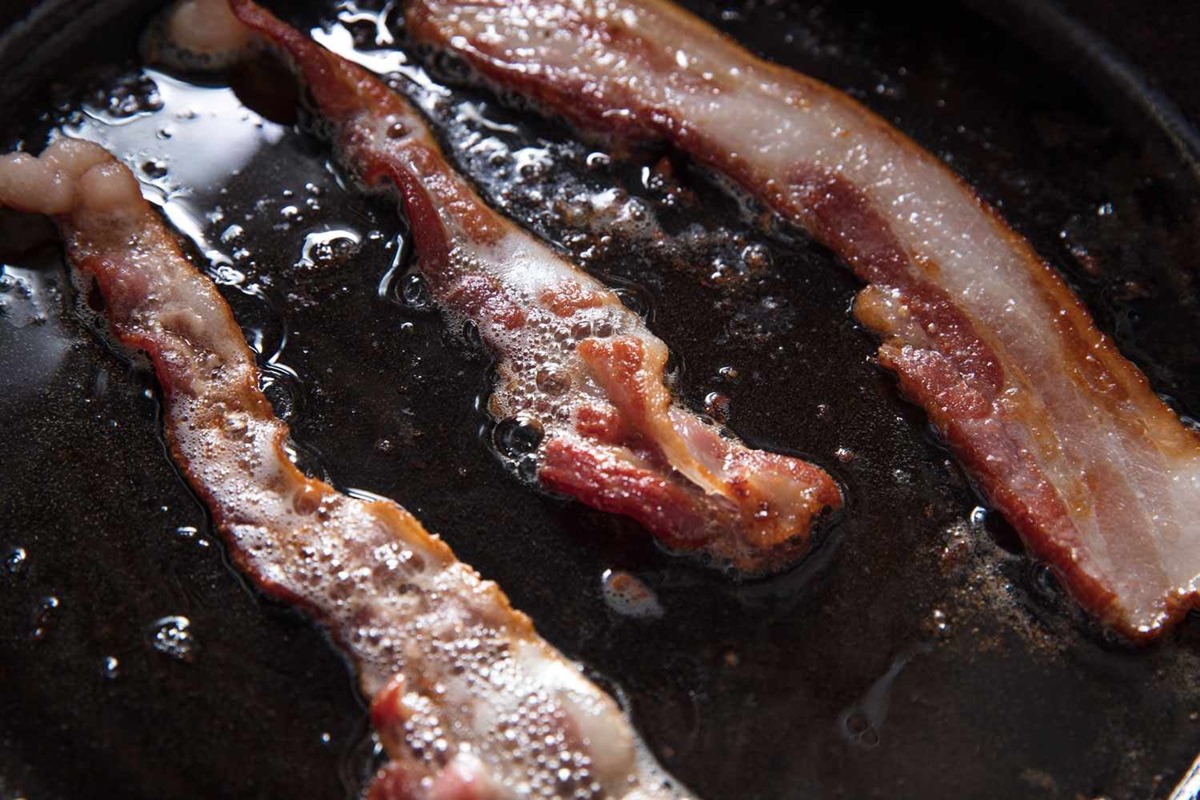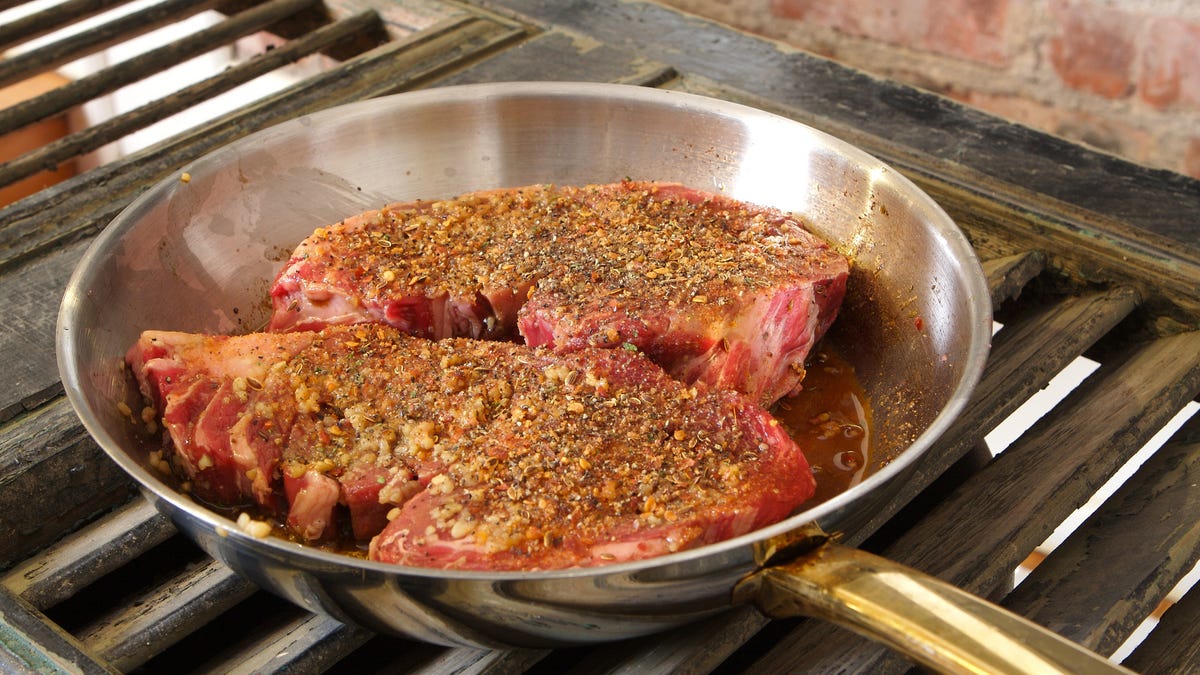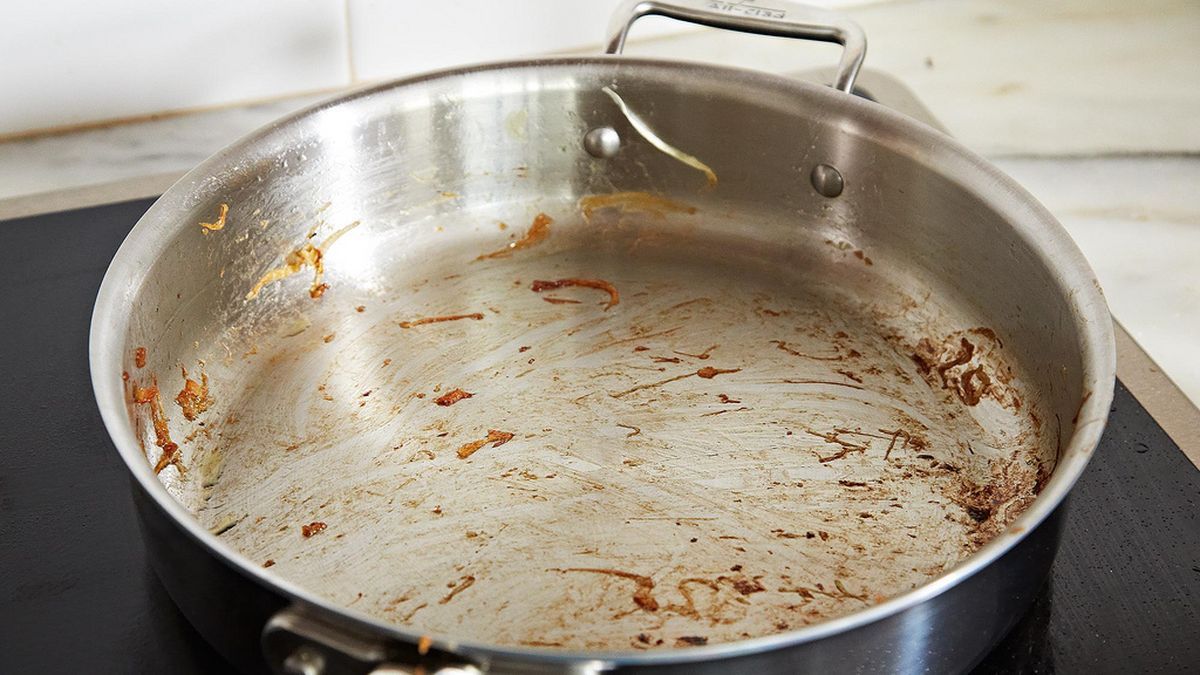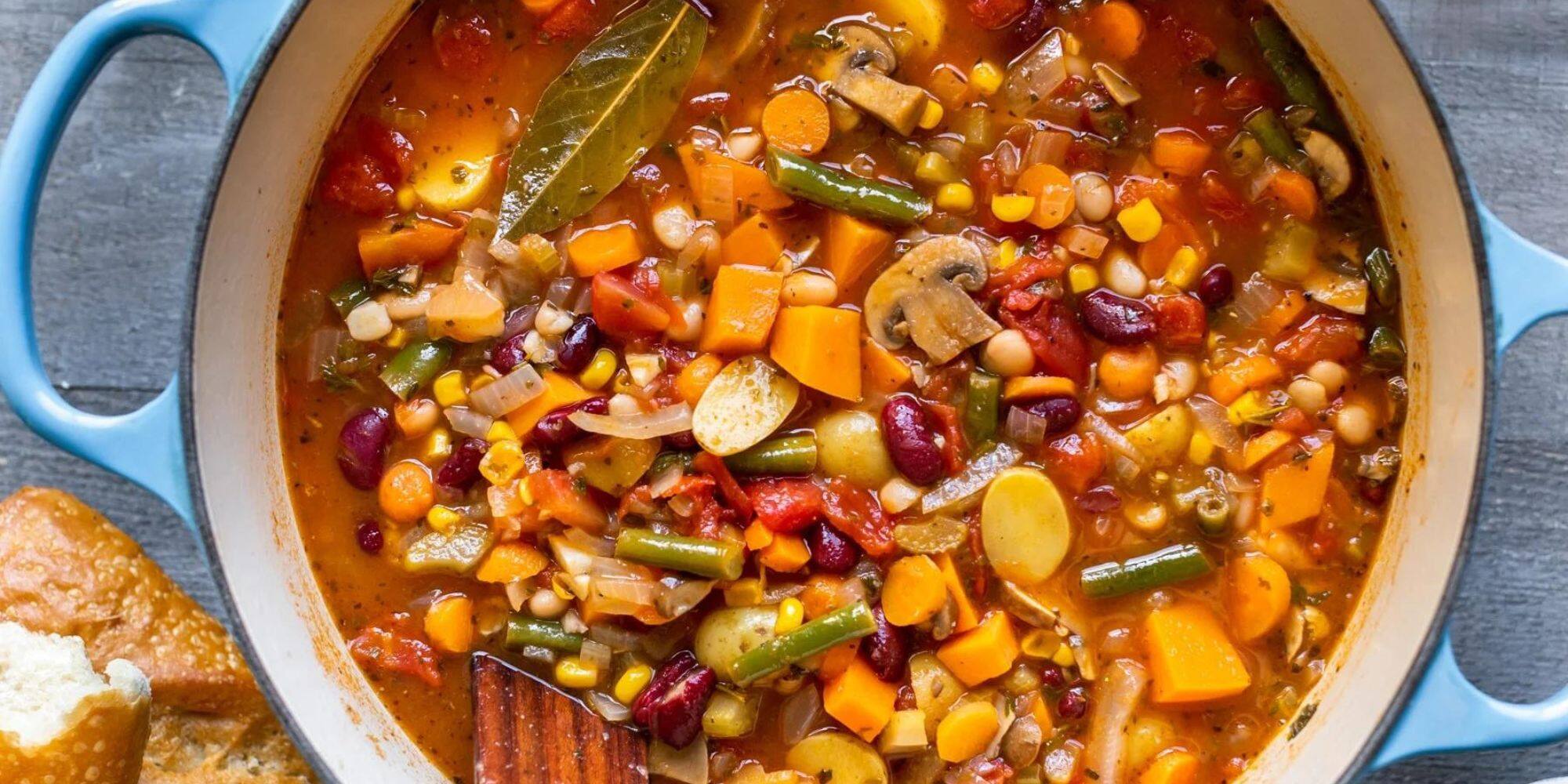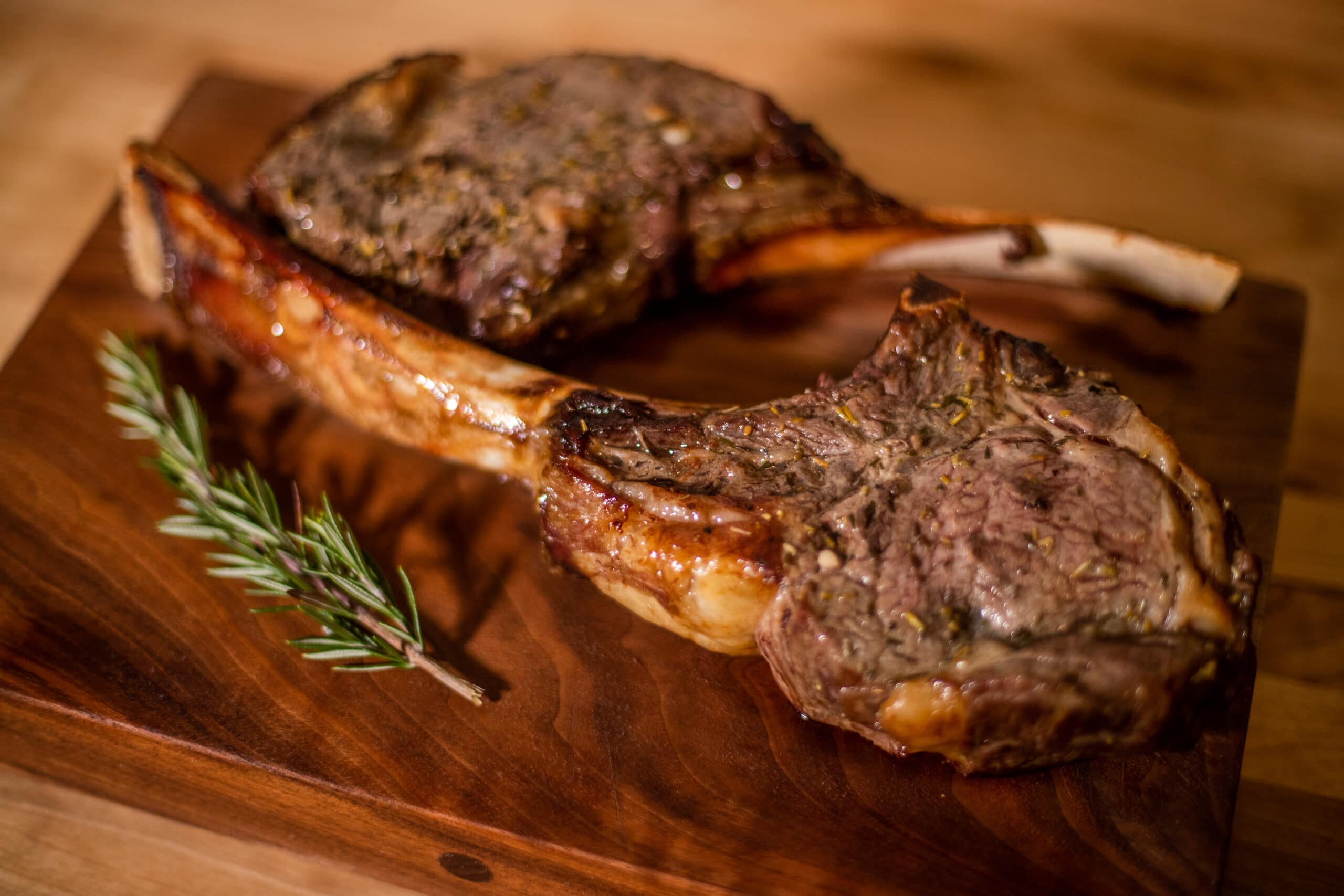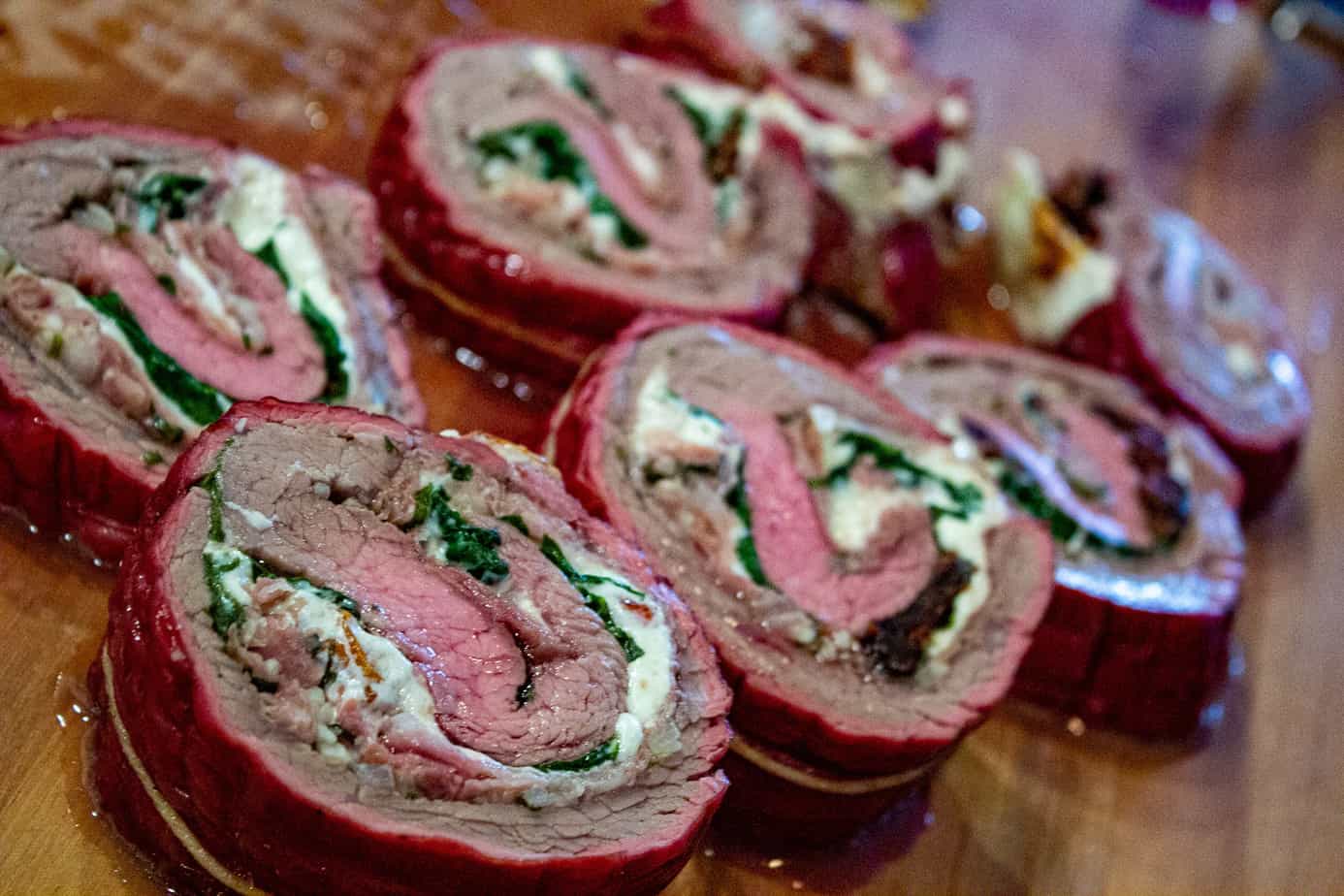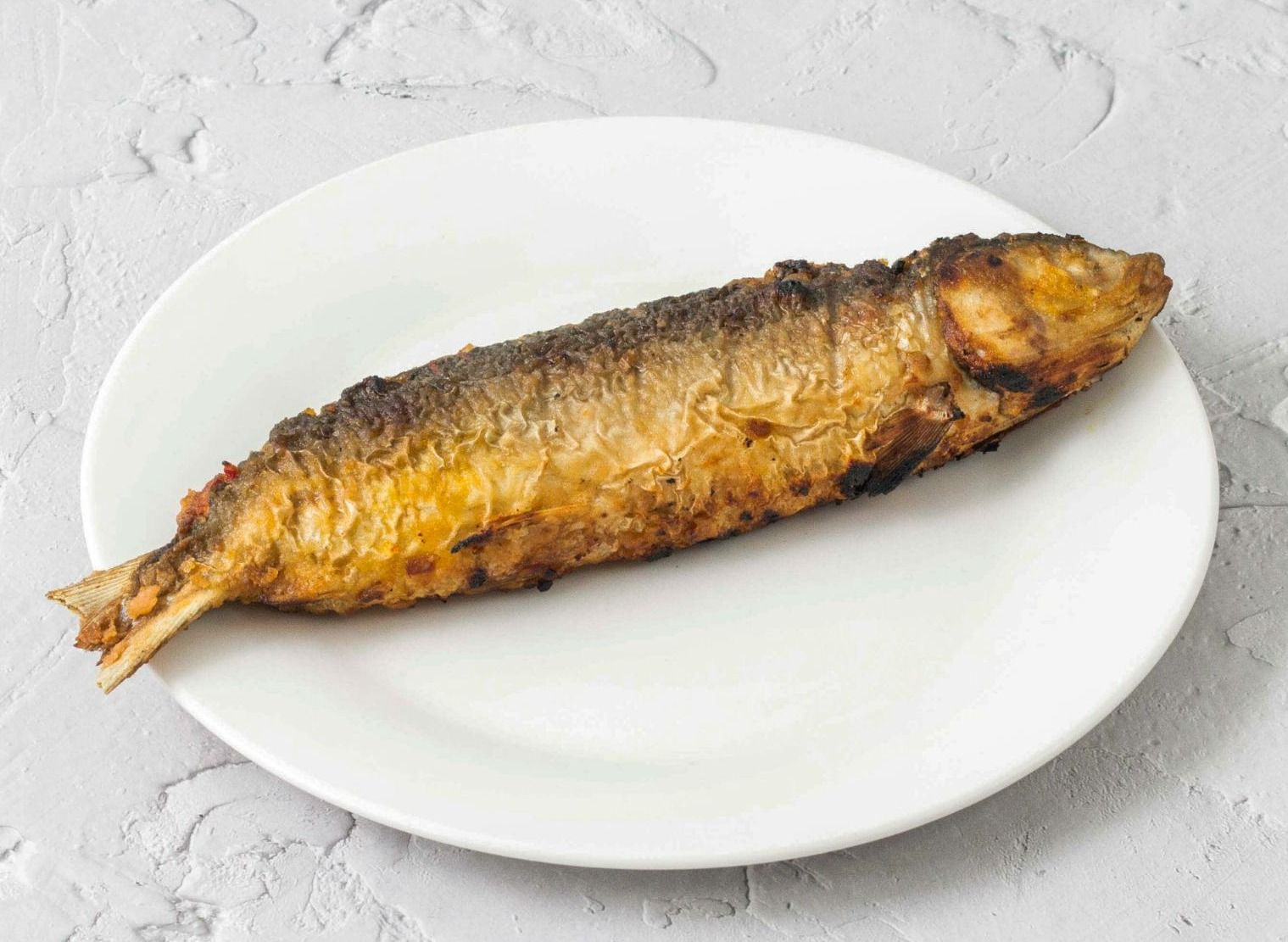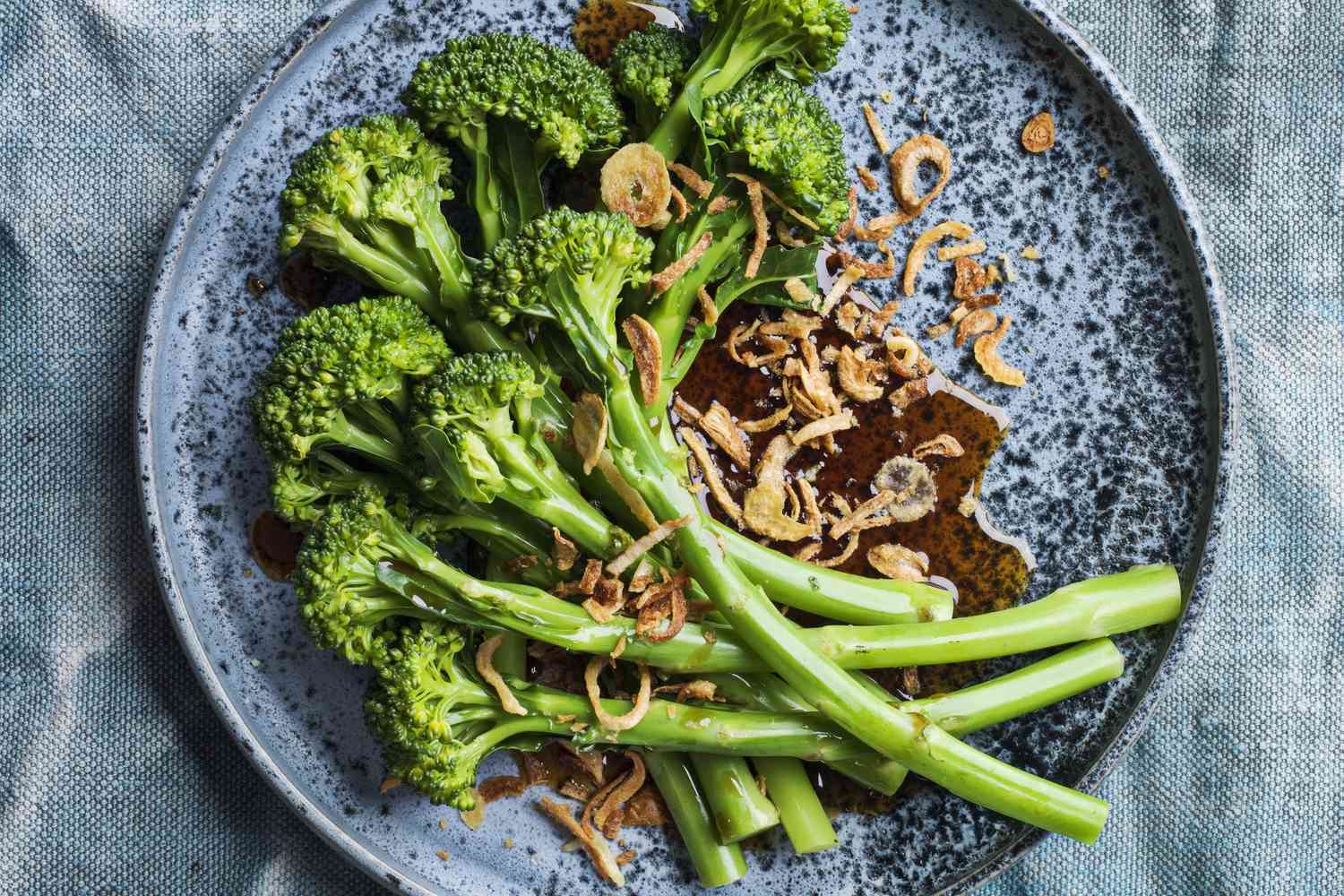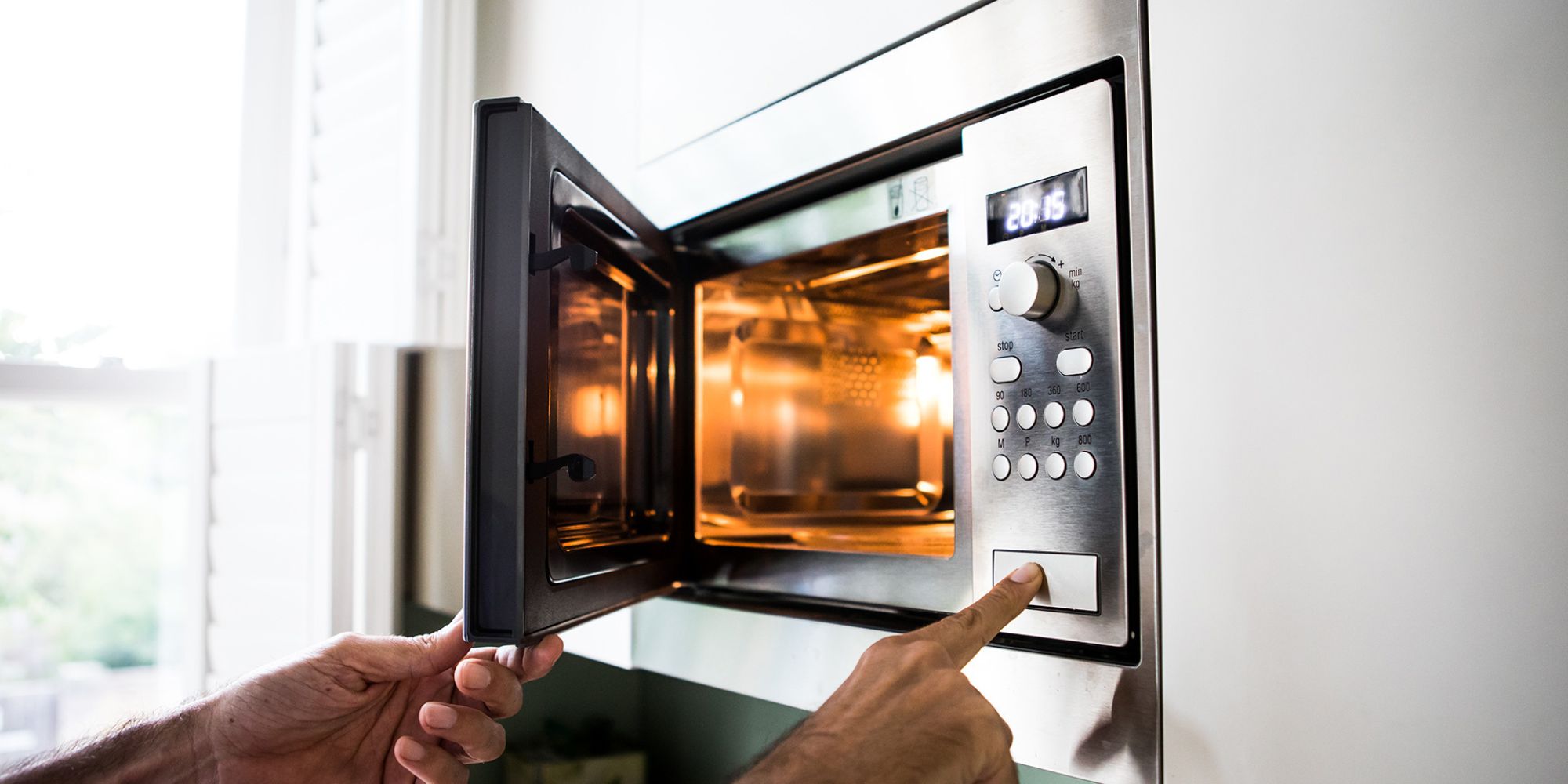Sautéing veggies in a stainless steel pan might seem tricky at first, but with the right techniques, you can master this method and bring out the vibrant flavors of your vegetables. Stainless steel pans are valued for their durability and even heating, making them perfect for achieving that delightful sear without the need for non-stick coatings. This guide will walk you through the essential steps to sauté vegetables perfectly, ensuring they're cooked evenly, retain their nutritional value, and most importantly, are packed with flavor. Whether you're a seasoned chef or just starting out, these tips will elevate your cooking game.
Essential Ingredients for Sautéing Veggies
- Fresh vegetables (e.g., bell peppers, broccoli, carrots, zucchini)
- Olive oil or butter
- Salt
- Pepper
- Garlic (minced, optional)
- Herbs (e.g., thyme, rosemary, optional)
Must-Have Tools for Perfectly Sautéed Veggies
- Stainless Steel Pan: A must-have for achieving that perfect sauté. Its material allows for even heat distribution.
- Spatula: Preferably silicone or wooden to avoid scratching the pan's surface.
- Cutting Board: For prepping your veggies before they hit the pan.
- Sharp Knife: Essential for chopping or slicing vegetables to your desired size.
- Measuring Spoons: To accurately measure oil and any spices or seasonings.
- Tongs: Handy for flipping and stirring vegetables for an even sauté.
- Vegetable Peeler: If your recipe calls for peeled veggies, this tool will make the job easier.
- Mixing Bowl: Useful for tossing vegetables with oil and seasonings before cooking.
- Stove: Where the magic happens. You'll need one to heat your stainless steel pan.
- Timer or Clock: Keep track of cooking time to ensure vegetables are perfectly sautéed.
For sautéing veggies in stainless steel pans, heat pan first, then add oil. This method prevents sticking, ensuring veggies cook evenly without burning. Stir frequently for best results.
The Art of Sautéing: Why It’s a Game-Changer for Veggies
Sautéing veggies in a stainless steel pan is a game-changer for home cooks aiming for that perfect blend of texture and flavor. This method, utilizing high heat and minimal oil, ensures vegetables cook quickly, retaining their vibrant colors and crispness, which is essential for both taste and nutritional value.
Mastering the technique of sautéing in stainless steel pans also elevates cooking skills, as it requires understanding how to manage heat to prevent sticking without the non-stick coating. This skill not only enhances the culinary experience but also promotes healthier cooking by reducing the need for excessive oils.
Master the Sauté: A Step-by-Step Guide
-
Heat the pan: Place your stainless steel pan on the stove and turn the heat to medium. Allow the pan to heat up for a few minutes. You'll know it's ready when a few drops of water flicked onto its surface evaporate instantly.
-
Add oil: Once the pan is hot, pour in a couple of tablespoons of high smoke point oil like canola, vegetable, or grapesean oil. Swirl the oil around to coat the bottom of the pan evenly.
-
Test the oil: Check if the oil is hot enough by adding a single piece of vegetable. If it sizzles upon contact, the oil is ready. If not, give it a bit more time.
-
Add veggies: Place your chopped vegetables into the pan in a single layer. If you're sautéing different types, start with those that take longer to cook, like carrots or potatoes, before adding quicker-cooking ones like zucchini or bell peppers.
-
Season: Sprinkle your vegetables with salt and any other seasonings you prefer. This not only adds flavor but helps to draw out moisture, allowing them to brown rather than steam.
-
Stir frequently: Use a spatula to move the vegetables around the pan. This ensures they cook evenly and get a nice color without burning.
-
Deglaze the pan: Once the vegetables are nearly done, you can add a small amount of liquid (like water, broth, or wine) to the pan. This helps lift any browned bits stuck to the bottom, adding more flavor to your veggies.
-
Finish and serve: When the vegetables are tender and nicely browned, remove the pan from heat. Taste and adjust the seasoning if necessary, then serve immediately.
Mastering the Art of Sautéing Veggies
Sautéing veggies in a stainless steel pan might seem tricky at first, but with these tips, you'll become a pro in no time. Remember, heat control is your best friend, and prepping your veggies properly can make a huge difference. Don't shy away from experimenting with different oils and seasonings to find what works best for your taste buds. Practice makes perfect, and soon, you'll be sautéing like a seasoned chef, bringing out the best flavors in your vegetables. Keep at it, and don't be afraid to try new combinations or techniques. Happy cooking!
The guide on sautéing veggies in a stainless steel pan is a great way to master the art of quick, flavorful cooking. A few standout recipes to try include Sauteed Zucchini with Parmesan, Sauteed Mushrooms with Thyme, and Sauteed Spinach with Garlic. These dishes are simple yet delicious, making them perfect for beginners looking to sharpen their sautéing skills. If you're in the mood for something a bit more adventurous, Sauteed Brussels Sprouts with Bacon and Sauteed Carrots with Honey and Ginger offer a delightful mix of flavors that will surely impress. For a unique twist, try Sauteed Cabbage with Caraway Seeds, which brings an exciting flavor profile to a humble vegetable. Each of these recipes not only showcases the versatility of a stainless steel pan but also elevates everyday vegetables into something truly special.
All Your Questions About Sautéing Veggies Answered
Why do my veggies stick to a stainless steel pan?
Ah, the age-old question! Veggies tend to stick because stainless steel surfaces aren't non-stick. When heated, food proteins and sugars react with the pan, leading to sticking. But don't worry, there's a trick to prevent this: heat your pan properly before adding oil. Once the oil shimmers, you're good to go. This creates a temporary non-stick surface.
How do I know when the pan is hot enough?
Great question! Try the water droplet test. Sprinkle a few drops of water into the pan. If they dance and evaporate, that means it's hot enough. If they just sit there and slowly boil, give it a bit more time. This ensures your veggies won't stick and will sauté beautifully.
What's the best oil to use for sautéing veggies?
You'll want an oil with a high smoke point to handle the heat. Canola, grapeseed, and avocado oils are all solid choices. Olive oil is okay for medium heat but might not be the best for high-heat sautéing. Choosing the right oil makes all the difference in flavor and performance.
Can I sauté different veggies together?
Sure thing, but timing is key. Start with those that take longer to cook, like carrots and potatoes. Add quicker-cooking veggies, such as bell peppers and zucchini, later on. This way, everything turns out perfectly tender-crisp.
How do I achieve that perfect golden-brown color on my veggies?
Patience is your friend here. Once your veggies hit the pan, resist the urge to stir them right away. Let them sit for a minute or two until they develop a golden-brown crust, then give them a stir. A bit of browning adds a delicious depth of flavor.
Is it necessary to preheat the stainless steel pan every time?
Absolutely. Preheating ensures that heat is evenly distributed across the pan's surface. This is crucial for preventing sticking and ensuring your veggies cook evenly. Skipping this step could lead to unevenly cooked veggies and more sticking.
What should I do if my veggies start to burn?
First off, don't panic. Lower the heat and assess the situation. If only a few pieces are burnt, remove them and carry on. If there's a risk of everything tasting burnt, transfer the veggies to a new pan without the burnt bits. A splash of water can also help cool things down and prevent further burning.
